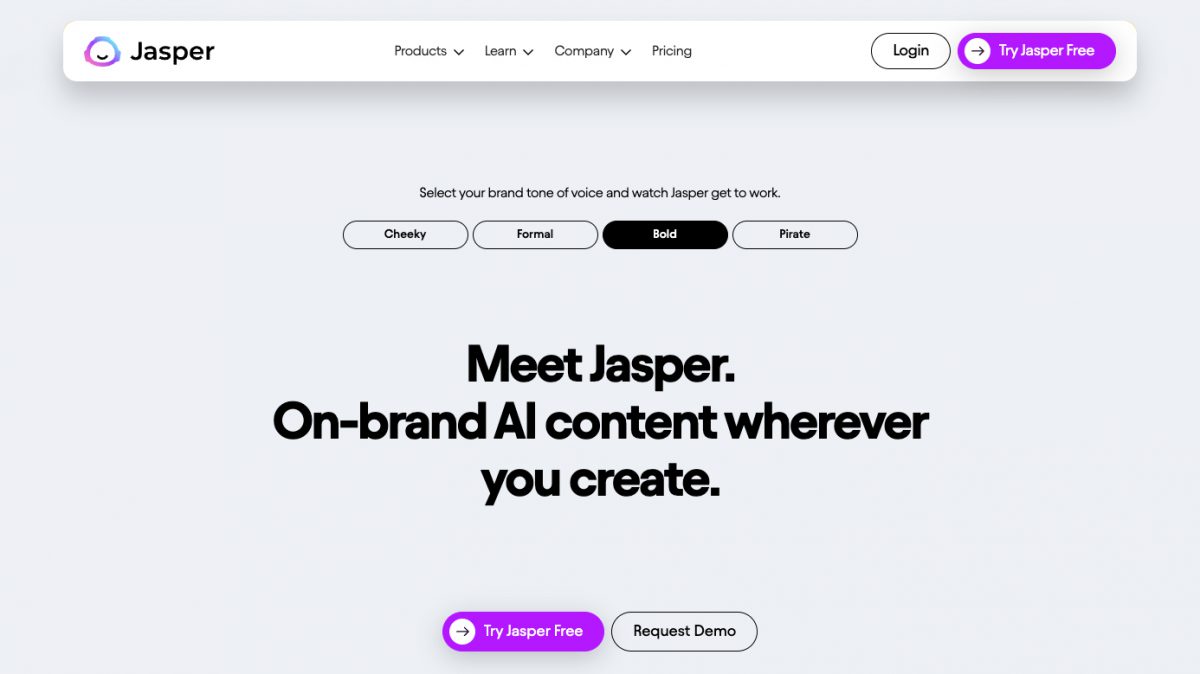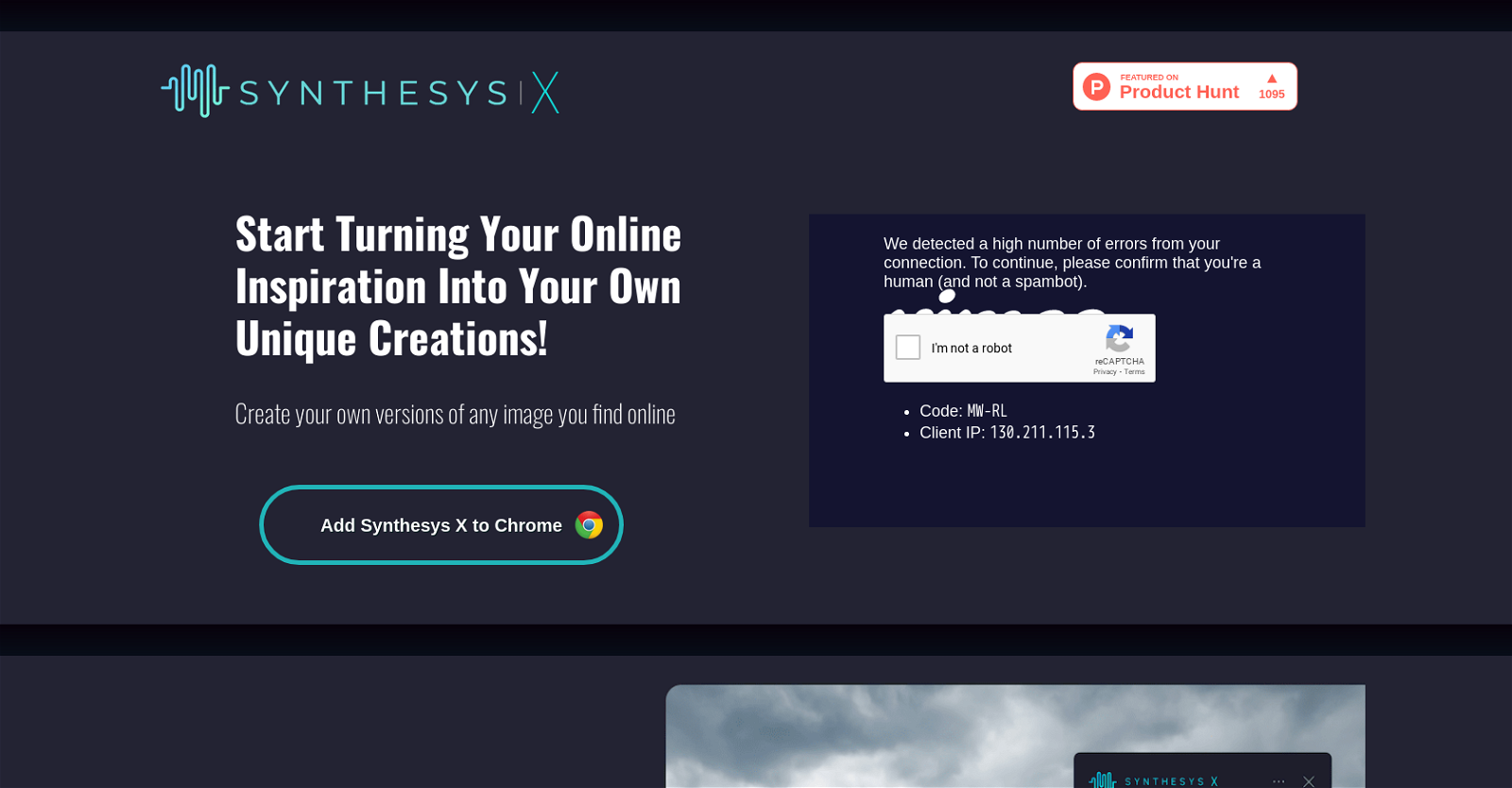Introduction
As you search for video production companies in India, you will find each website listing a different array. The question then arises: why is there no fixed, definitive list of the best firms? The reason is the nature of video production being extremely subjective. What is “best” varies based on various requirements, creative vision, and sectors. For example, a top video agency may not be the best fit for animated explainer videos or training videos. Similarly, a corporate video production team may not be appropriate for entertainment marketing or social media advertising. Shifting rankings, content marketing techniques, and SEO strategies also influence which businesses top the list. In this blog, we will discuss why various websites rank companies differently and how you can determine the best fit for your project.
The Subjective Nature of “Best” in Video Production
When it comes to video production companies in India, the word “best” is always subjective. Various industries require different kinds of videos. For example, an eLearning video production company might seek out creators of eLearning videos or product demos, while an FMCG brand might emphasize emotional storytelling for TV commercials. Creative style is also a huge factor. Some clients require cinematic, high-end visual work. Others like minimalist or animated formats that clearly and concisely explain ideas.
Budget is another significant consideration. A business making $5,000 promotional videos will provide a different experience from an agency working on $100,000 brand films. Geography is also important. A business that is only targeting Indian audiences might not require a production company with worldwide marketing experience. For example, a Bengaluru-based tech startup may like short explainer videos, whereas a Mumbai-based consumer brand may need full-fledged storytelling ads to roll out a country-wide campaign. That’s why the concept of the “best” video production companies in India varies from person to person and project requirement.
How “Top Lists” Are Actually Created Online
Most “Top Video Production Companies” lists you see online are not created by an independent review.
In reality, most are content marketing tools employed by websites to increase traffic. SEO comes into play. Business organizations optimize their websites for keywords such as top video production companies in India to appear on search engines. Agencies and bloggers also make “Top 10” lists to rank higher on Google and drive traffic.
Sometimes, paid placements impact these rankings. Studies indicate that some sites take sponsorships or advertising payments in return for higher placements (sources: Forbes Insights, Clutch Reports). That implies that some businesses listed as “best” have paid for that position. There is a time factor as well. The video production industry is ever-changing. New agencies pop up every year with new creative ideas, while older ones tend to slack off. Since websites do not keep their blogs updated consistently, an agency ranked as “top” one year might no longer be in that position the following year. In short, online “top lists” blend real opinion with SEO, marketing strategies, and business tactics.
Why You Should Define Your Own “Best” Video Partner
Rather than putting your faith entirely in search results, it’s more intelligent to create your own set of criteria for choosing a video production company. All brands possess specific goals, target groups, and price segments.
Begin with your specific needs:
- Do you require animated explainers?
- Do you create product launch videos?
- Is it a corporate documentary or a social campaign?
Then examine the company’s body of work. Check their style and case studies to find who suits your aims. Have a clear talk regarding your budget to find out whether they can make a return at your budget or not. Client feedback, communication, and cultural awareness are also important. A firm that has expertise in corporate video production for Indian companies might be better than one that is focused on international projects if your target audience is India.
Common Mistakes When Choosing a Video Production Company
Selecting a video production company in India without an explicit checklist ends up causing trouble. Most businesses rush once they have spotted a few cool showreels or a prime ranking on some website. Most often, overlooking specialization is done. A shop that does very good wedding videos or event filming might not necessarily be the most suitable for telling corporate stories or creating eLearning videos. The other error is solely considering the budget. Although cost is important, the lowest cost frequently doesn’t have the storytelling value, animation capabilities, or project management expertise to ensure business success. Misunderstandings regarding timelines are yet another problem. Some businesses will promise speedy delivery but sacrifice quality.
Lastly, businesses forget communication. If a team is not responsive in the proposal stage, chances are that they won’t be dependable later on during pivotal deadlines. Choosing wisely involves reviewing portfolios, detailing expectations, and making sure that creative vision is aligned with business requirements—not merely selecting the first name on a “best of” list.
What to Consider When Shortlisting Companies
When shortlisting top video production companies in India for your project, pay attention to these simple but important factors:
1. Portfolio Relevance:
Look beyond just flashy videos. Ask: Do they have examples similar to what you want to create? Are there strong case studies for corporate video production or animated explainers?
2. Industry Understanding:
Good video creators should understand your industry. Whether it’s technology, retail, education, or FMCG, a company that knows the space can tell your story more effectively. [A smart guide on best animation styles for business – Read Here]
3. Creative Range:
Check if they can work across different formats like eLearning videos, promotional films, brand videos, or product demos. Flexibility matters when your marketing needs evolve.
4. Transparent Pricing:
Good agencies provide detailed, transparent quotes. They should explain what’s included—scripting, filming, animation, and editing—and what costs extra.
5. Communication & Collaboration:
The best projects happen when teams collaborate smoothly. Choose a partner who listens, understands your brief, and offers clear, professional communication. Keep in mind, the right company isn’t about top rankings—it’s about getting the right fit for your brand’s objectives.
Conclusion
All businesses desire their videos to create actual impact—be it brand awareness, product education, or customer engagement. Although going through “top” lists online may be a beginning, depending only on them usually results in frustration.
Selecting a good video production company in India must be a deliberate choice, not a hasty one based on a blog roundup or ad position. It’s about discovering a creative partner who gets your goals, your audience, and your tone of voice.
Taking the time to study portfolios, speak with teams, and learn about their process avoids errors and ensures that your project goes smoothly.
In today’s world, good videos are not a nicety. They are a necessity for business. And the right production house can be the difference between merely producing a video and producing an effect.
FAQs
1. Why do various websites mention different “best” video production houses in India?
Because “best” is subjective. Lists differ depending on factors such as pricing, creativity, niche specialization, and even marketing alliances.
2. Should I rely on websites such as Clutch or GoodFirms only?
These websites make decent leads, but always do your own research. Verify genuine client feedback and portfolios, and speak to shortlisted agencies directly.
3. How much should I plan to spend on a decent corporate video?
Corporate videos in India may begin at ₹50,000 and reach several lakhs based on complexity, animation, scripting, and production size.
4. How can I tell if an agency is suitable for my eLearning video requirements?
Check for eLearning video development experience. See their showcase projects, review storytelling approaches, and confirm they know your training objectives.
5. What is more important: technical quality or storytelling?
Both are equally important. Compelling storytelling engages and achieves results, whereas effective technical implementation guarantees professionalism and trust.

By day I create engaging content along with infusing high-volume, low-competition keywords strategically so that it gets loved by you and Google Crawler. Off the clock? I scroll for fresh ideas. (Don’t judge, gotta fuel the creativity!)























